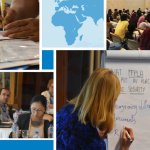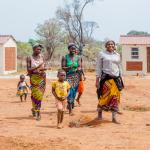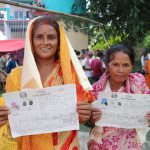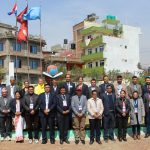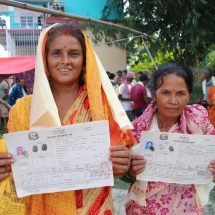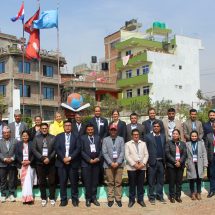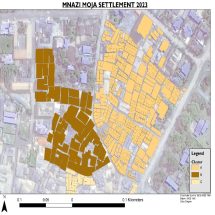Publication launch : “Remaking the Urban Mosaic: Participatory and Inclusive Land Readjustment”
17 October 2016, from 8:00-8:45 A.M.
Venue: ‘Urban Library’, Casa de la Cultura Equatoria “Benjamin Carrion”, Quito, Ecuador
 Local and national governments often struggle to improve the urban fabric and meet the growing demand for public services. In many countries, authorities have to cope with unprecedented rates of urbanization. They are called to provide shelter, housing, services, public infrastructure and safe public spaces. Land readjustment offers a solution. It provides access to land for public use by capturing a proportion of the value created by development which then gives the authorities much greater capacity for intervention. Land readjustment involves pooling all the land parcels in a particular area and planning them as a single unit for planning and infrastructure provision.
Local and national governments often struggle to improve the urban fabric and meet the growing demand for public services. In many countries, authorities have to cope with unprecedented rates of urbanization. They are called to provide shelter, housing, services, public infrastructure and safe public spaces. Land readjustment offers a solution. It provides access to land for public use by capturing a proportion of the value created by development which then gives the authorities much greater capacity for intervention. Land readjustment involves pooling all the land parcels in a particular area and planning them as a single unit for planning and infrastructure provision.
However, conventional land readjustment does not necessarily operate in favour of the poor: too often, the municipal government, working only with formal landowners, imposes decisions on local communities. Participatory and inclusive land readjustment, or PILaR for short, is a way of reorganizing the ownership of land in and around cities in a pro-poor way. PILaR differs from conventional land readjustment in that it is participatory. It involves all stakeholders – landowners, tenants, informal residents, the municipal authorities, land professionals and community organizations – in planning and making decisions. It is also inclusive in outcome: it ensures that the poor and disadvantaged also benefit. It aims to achieve broad agreement among all stakeholders and avoid forcible removals or evictions. A key feature of PILaR is that it puts stakeholders at the heart of planning city extensions and redevelopment throughout the project cycle.
This publication “Remaking the Urban Mosaic: Participatory and Inclusive Land Readjustment” will be launched during the Habitat III Conference in Quito, Ecuador.
It describes how to implement PILaR. It guides the reader through the various aspects of this complex process: governance, land management policies, planning and design, collecting and analysing data, engaging with stakeholders, legal issues, finance and communication. It will be of interest to urban managers, land professionals, landowners, representatives of residents and other stakeholders who are considering or are involved in land readjustment projects.
All are welcome to participate in this launch.
Download the publication:


